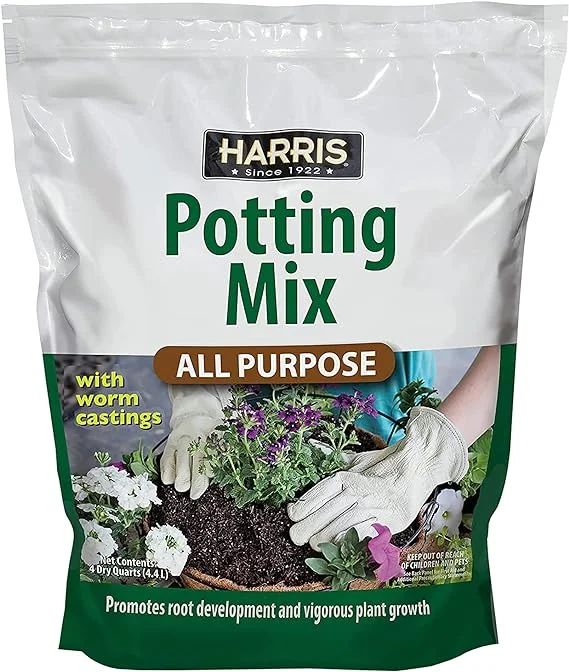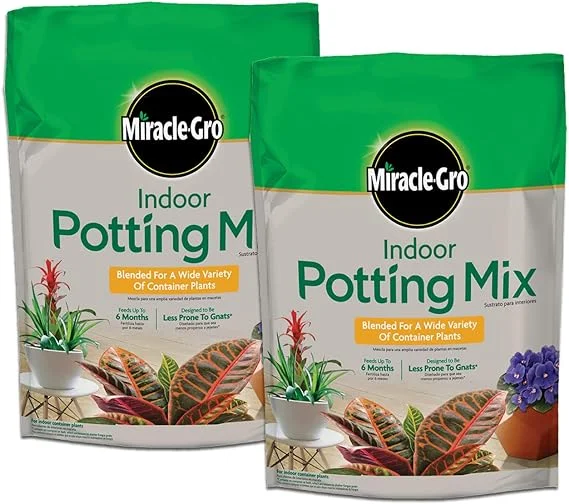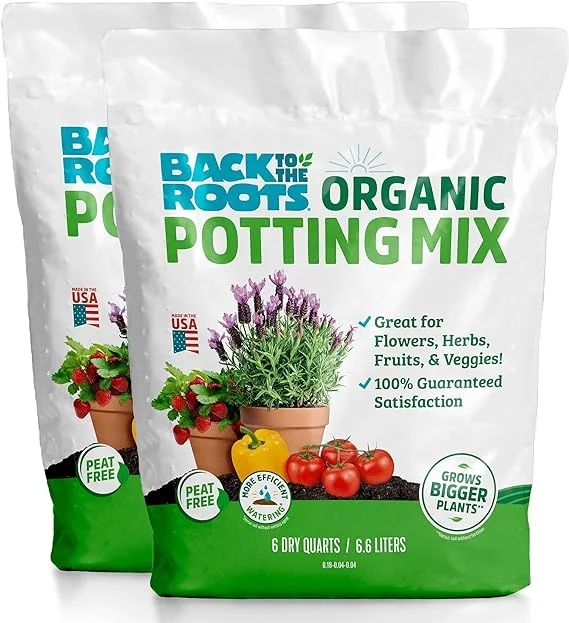How to Propagate Hibiscus rosa-sinensis (Chinese Hibiscus) in 4 Ways
Some links in this post may be affiliate links
Hibiscus rosa-sinensis (Chinese Hibiscus) is propagated in the growing season (spring through summer) from stem cuttings, by air layering or from seeds.
Stem cuttings propagation is the easiest and most beginner-friendly method. You may root the cuttings in soil or in water. The air layering method is best for larger, more mature plants.
The best time to propagate Chinese Hibiscus is in spring and summer when the plant is actively growing to boost establishment. Avoid propagating in fall and winter, as the growth is reduced, making root formation much more difficult.
Hibiscus rosa-sinensis will thrive when given the right care. Chinese Hibiscus Plant flourishes in bright light with 6-8 hours of direct sunlight, average warmth of 16-290C, moderate humidity of 50-55% and consistently moist, rich, well-drained, slightly acidic soil coupled with fortnightly feeding during the growing season.. Learn more on how to grow and care for Hibiscus rosa-sinensis.
Though Hibiscus rosa-sinensis are widely available in nurseries, propagating your own is an exciting and cost-effective way to increase your plants. This guide will walk you through the best propagation methods, step-by-step instructions, and troubleshooting common propagation issues.

(A) Hibiscus rosa-sinensis propagation from stem cuttings
Stem cuttings propagation is the most popular way to multiply your plants. You can root cuttings in water or in soil according to preference.
Best time: Spring to early summer.
Success rate: High, if provided with warm, humid conditions.
1. Propagating Hibiscus rosa-sinensis from stem cuttings in soil
- With a sharp, sterilized pruning scissors, take 4-5 inches stem cuttings from a healthy plant. Ensure each cutting has at least 2-3 leaf nodes as new growth will arise from the leaf nodes.
- Strip off the lower leaves from the lower end of the cutting, trim large leaves in half to reduce moisture loss. Dip the cutting in a rooting hormone to hasten rooting.
- Select a 6 or 8 inches pot and ensure that the pot has a drainage hole to prevent the soil from getting soggy to avoid rotting.
- Fill the pot with well-drained, potting mix (50% peat moss, 30% perlite, 20% sand) and moisten the soil slightly.
- Make a hole in the center of the pot and ensure it is wider that the base of the cutting.
- Insert 2-3 inches of the lower cut end of the cutting in the hole made above.
- Cover the set up with clear polythene to create a greenhouse effect to promote rooting.
- Position the set up in a warm, brightly lit spot away from direct sunlight.
- Maintain the soil moist through out until the new plant are well established. Rooting will take 4-6 weeks.
- Once well established, repot the new plants into a pot 1 size larger than the current one in well-draining soil.
- Place the new plants in a warm spot under bright indirect light and begin routine care.
2. Propagating Hibiscus rosa-sinensis from stem cuttings in water
- Use a sharp, clean pruning scissors to take stem cuttings of about 4-5 inches from a healthy plant. Make sure each cutting has at least 2 nodes as this is where new growth will come from.
- Remove the lower leaves from the cutting and retain at least 2-3 leaves on top. Cut large leaves in half to reduce moisture loss.
- Dip the cutting in a rooting hormone to hasten rooting.
- Place the cuttings in a jar of plain water or in a propagation station. Ensure that at least one leaf node is submerged, but keep the leaves above water.
- Position the set up in a warm spot under bright indirect light and change the water every 3-5 days to prevent bacterial growth.
- Rooting should occur in 2-4 weeks. Once the roots are about 2-3 inches long, prepare to transfer the cuttings into soil.
- Select a small pot (6-8 inches) and ensure that it has a drainage hole to prevent the soil from getting soggy to avoid rotting.
- Fill the pot with well-drained, potting mix (50% peat moss, 30% perlite, 20% sand) and moisten the soil slightly.
- Make a hole in the center of the pot. Ensure that the hole is slightly wider than the root base of the new plant.
- Place the new plant in the previously made hole and lightly firm the soil around the base while taking care not to bury it too deep.
- Position the set up in warm, well-lit spot and maintain the soil moist until the plants are well established after which you can begin routine care.
Pro tip: For a fuller plant, transfer several cuttings into one pot.
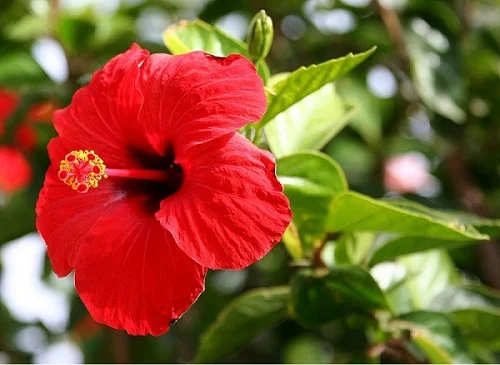
(B) How to propagate Hibiscus rosa-sinensis by air layering
Air layering technique allows the roots to grow before the stem is cut which reduces transplant shock. It is best for large, mature plants.
Best time: Late spring to early summer.
Success rate: Moderate to high, but requires patience.
3. Propagating Hibiscus rosa-sinensis by air layering
- Choose a flexible, non-flowering branch at least 12 inches long. Find a node from where new roots will grow.
- Use a sharp knife to make a 1-inch upward cut about halfway through the stem.
- Peel away the top thin layer of bark to expose the inner tissue.
- Coat the notch with a rooting hormone to hasten rooting.
- Surround the notched area with damp moss and cover the notch with a polythene film or clear plastic wrap.
- In 6-8 weeks the roots will have formed. Once roots are 2-3 inches long, sever the stem just below the covered part.
- Note: New shoots will sprout from the shortened stem of the old plant into a beautiful bushy plant.
- Remove the polythene or plastic wrap and carefully pot the rooted cutting in moist, free-draining soil.
- Make sure that the pot has a drainage hole to prevent the soil from getting soggy as it can lead to rotting.
- Position the new plant in a warm, brightly-lit place away from direct sunlight to prevent scorching.
- Keep the soil moist through out but avoid soggy soil.
- Once the new plant is well established, you can begin routine care.
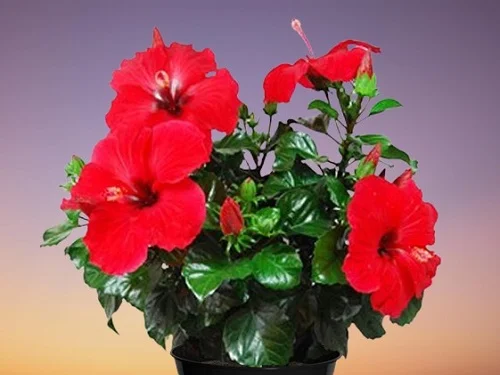
(C) How to propagate Hibiscus rosa-sinensis by seeds germination
Hibiscus rosa-sinensis seed propagation is the least common method. It is a slow method which may take 2-3 years for the new plants to flower.
Best time: Early spring.
Success rate: Low; a very slow process.
4. Propagating Medinilla magnifica from seeds
- Harvest seeds from dried hibiscus seed pods after the flower fades.
- Remove seeds and let them dry for 1-2 days.
- Gently scratch the seed coat with sandpaper or a nail file to help with germination.
- Soak in warm water for 24 hours before planting for faster germination.
- Prepare a seed tray with a light, well-draining seed-starting mix (peat + perlite).
- Sow the seeds 1/4 inch deep, covering them lightly with soil.
- Keep soil moist but not soggy and Maintain temperatures between 21-270C.
- Cover the tray with plastic wrap or a humidity dome.
- Seeds should germinate in 2-6 weeks. Once seedlings develop 2-3 true leaves, get ready to transplant.
- Select a 6 or 8 inches pot with a drainage hole to prevent the soil from getting soggy.
- Fill the pot with loose, well-drained soil, moisten the soil and transplant the seedlings.
- Place the seedlings in a warm place under bright indirect light.
- Maintain the soil moist until the new plant is well established after which you can begin routine care.
Conclusion
Propagating Hibiscus rosa-sinensis is a rewarding and straightforward process when done correctly. Whether using stem cuttings, air layering, or seeds, providing warmth, humidity, and proper care will ensure success. By following these propagation tips, you can expand your Hibiscus collection and enjoy stunning, tropical blooms year after year.
Frequently Asked Questions
1. Can Hibiscus be grown from seeds?
Yes, but it is slow and less reliable compared to cuttings or air layering.
2. Can I propagate Hibiscus in water?
Yes. Hibiscus water propagation works well, but cuttings must be transplanted into soil once roots reach 2 inches.
3. How long does it take for Hibiscus cuttings to root?
In soil: 4-6 weeks
In water: 2-4 weeks
4. What is the easiest way to propagate Hibiscus?
Stem cuttings are the easiest and fastest method with high success rates.
5. Why are my Hibiscus cuttings not growing?
Hibiscus cuttings are not growing due to insufficient light, overwatering, underwatering, low humidity, or lack of warmth.
You liked it? Share on social media.
Related Content
Amazon Associates Disclosure
Homeplantsguide.com is a participant in the Amazon Services LLC Associates Program, an affiliate advertising program designed to provide a means for sites to earn advertising fees by advertising and linking to amazon.com.
